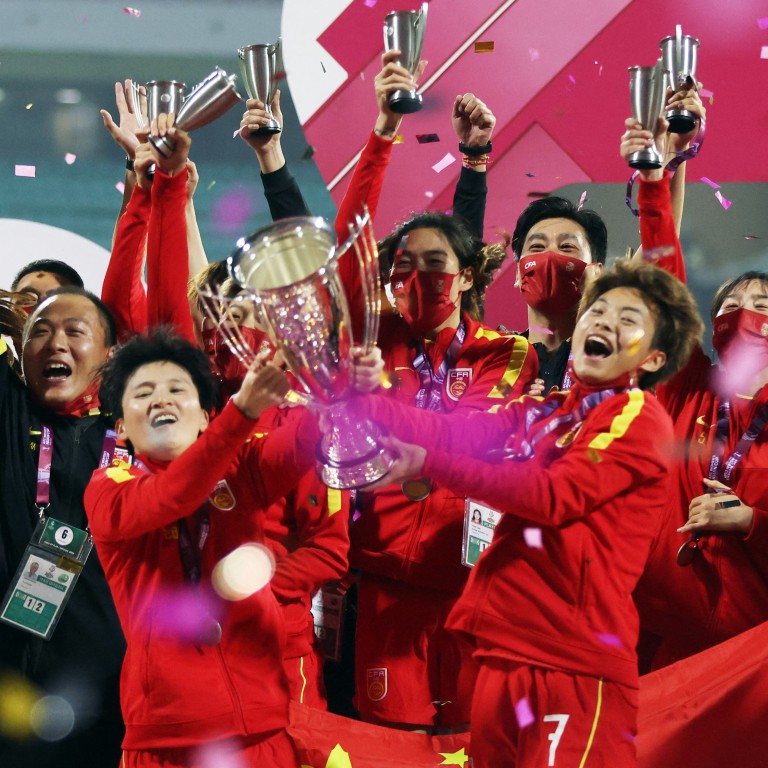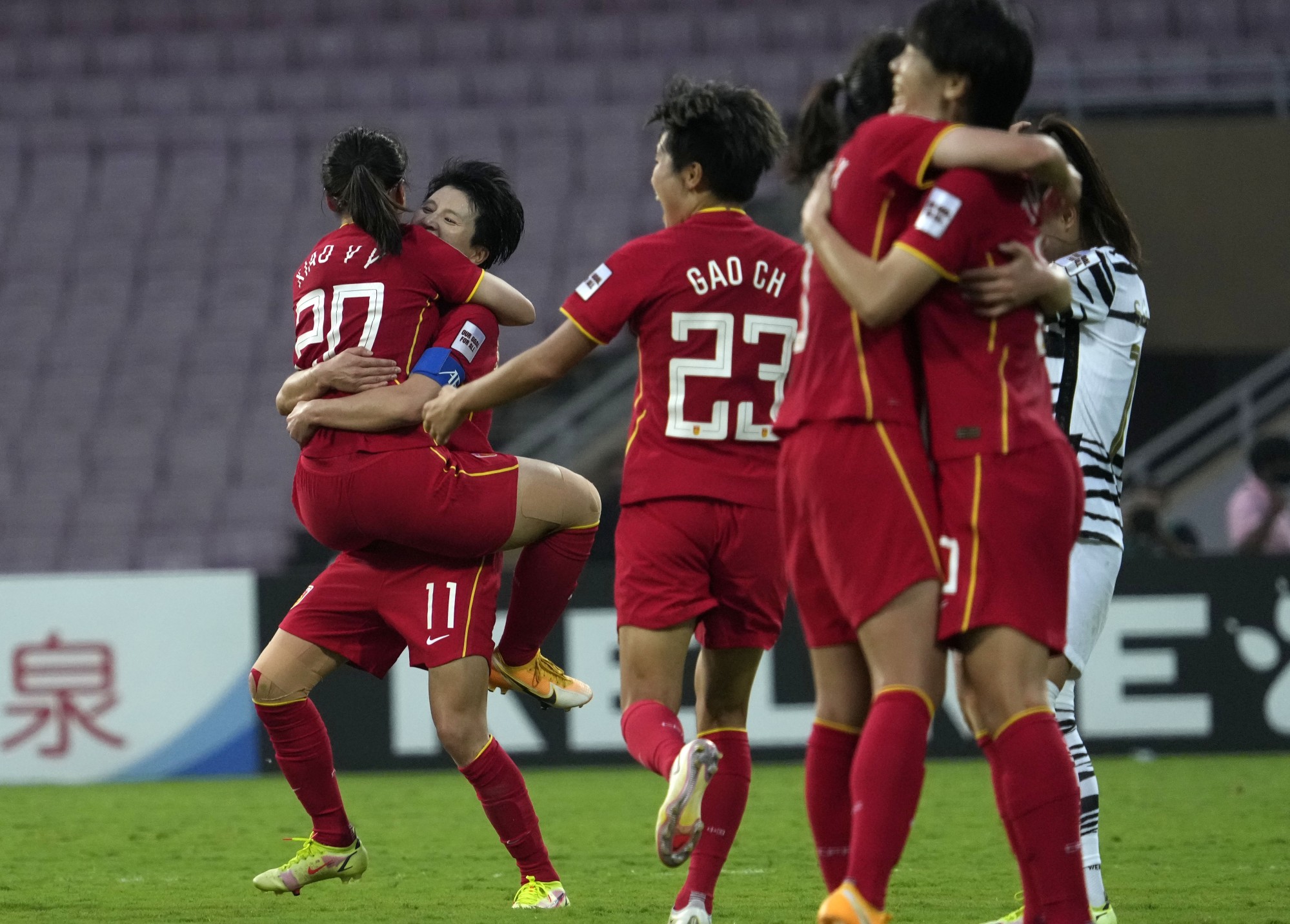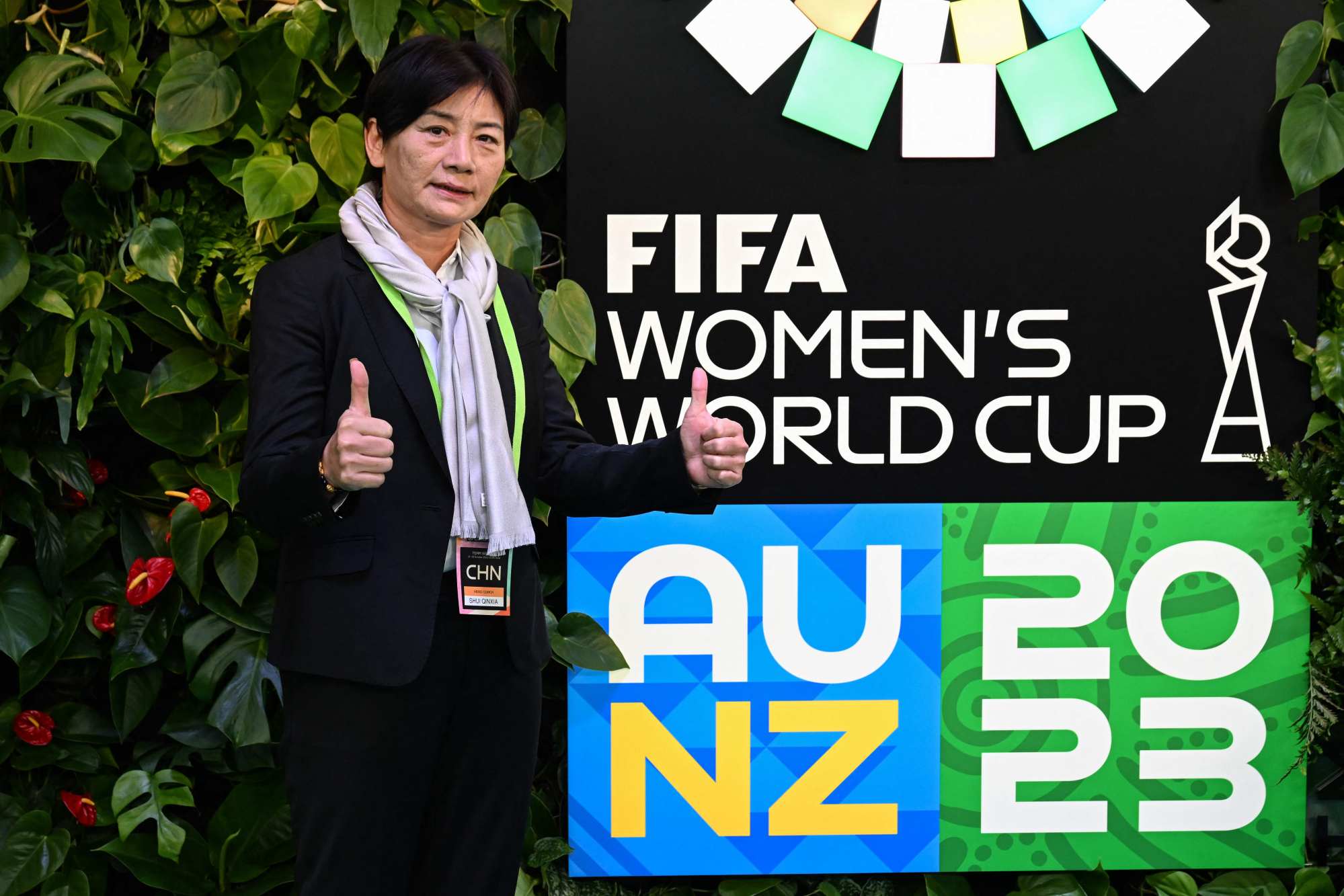
Chinese women’s football needs a long-term strategy if the Steel Roses are to truly blossom
- Fifa Women’s World Cup will be a good gauge of current level of Shui Qingxia’s team – and the size of the gap that needs to be closed
- Deeper playing pool is vital – as the perpetually beleaguered men’s game in China has repeatedly shown, money on its own will not deliver results
Twenty-three years ago, on a scorching July day beneath the California sun, China’s female footballers stood on the cusp of sporting immortality.
Ma Yuanan’s side were one win away from claiming the ultimate prize but, after 120 minutes and a penalty shoot-out, the “Steel Roses” fell short of glory at the 1999 Women’s World Cup, losing in the fierce midday heat at the cavernous Pasadena Rose Bowl to hosts the United States.
It was a rivalry that defined the era in the women’s game, with the Americans holding a hex over Ma’s talented team having previously defeated the Chinese in the gold medal match at the Olympic Games three years earlier.
Despite those near-misses, those were golden days for women’s football in China. The nation was in the midst of a run of utter dominance at continental level, winning seven consecutive Asian Women’s Championships (now known as the AFC Women’s Asian Cup) and featuring regularly in the latter stages of the sport’s major events.
But lurking in the background was an issue that would bring an end to China’s superiority, seeing them slip into the chasing pack as the US remained at the forefront, where they were joined by Germany, Japan and the Netherlands.

“What we should do is not correct the technical mistakes we made during the Games,” Wang Junsheng, then-deputy chairman of the Chinese Football Association said after China were eliminated in the group phase at the 2000 Olympics.
“The most important thing, of course, is how to attract more talented girls to the game.”
It was a warning that largely went unheeded as China relinquished their position at the game’s top table, finishing third at the Asian championships in 2001 and only winning the continental title once more – in 2006 – before their triumph earlier this year.

Within Asia, China had been usurped – first by North Korea and then by Japan, who went on to become the first nation from the confederation to win the Women’s World Cup with an emotional victory over the US in 2011.
But even the Japanese, despite establishing an enviable record of success in developmental competitions that has also seen them win world titles at under-17 and under-20 level since 2014, have slipped from the pinnacle of the sport.
The standards within women’s football have improved markedly since the days of Ma and his team’s world-beating performances. Where Asian nations were able to establish themselves among the best because of the paucity of quality in the game globally, the advances at club level in Europe have swung the balance elsewhere.
Growing professionalism and the creation of the Uefa Women’s Champions League, among other initiatives, have seen the standard raised to a level far higher than before, with the very best female players now drawn to Europe in the same way their male counterparts have been for decades.
Weibo hails China’s Women’s World Cup bid – ‘less humiliating than men’s football’
Among these are China internationals such as a Li Mengwen and Yang Lina, who are both contracted to Paris Saint-Germain, while Tang Jiali joined Spanish side Madrid CFF after a stint with Tottenham Hotspur in England’s Women’s Super League last year. Striker Wang Shuang, meanwhile, joined Racing Louisville in the US after a spell with PSG.
Most of Shui Qingxia’s current squad, however, still play at home in the China Women’s Super League, a competition that has been peripatetic by nature, especially in recent times amid the pandemic.
Tellingly, the current China side is only ranked 15th in the world, despite reclaiming the Asian title in India at the start of the year.
The Women’s World Cup finals in Australia and New Zealand next summer, where the Chinese have been drawn to face European champions England, Denmark and either Senegal, Haiti or Chile in the group phase, will be a good gauge of the current level of Shui’s team and the size of the gap that needs to be closed.

As the perpetually beleaguered men’s game in China has repeatedly shown, money on its own will not deliver results.
A proper development plan needs to be put in place that would amount to a major cultural shift within Chinese sport, while the China Women’s Super League must grow beyond its current 10 teams into an entity that offers opportunities for more players around the country.
Deepening the playing pool is vital.
But perhaps most important of all, the country needs to have patience to implement a long-term strategy, and permitting players to learn will be the key if the Steel Roses are to truly blossom once more.

